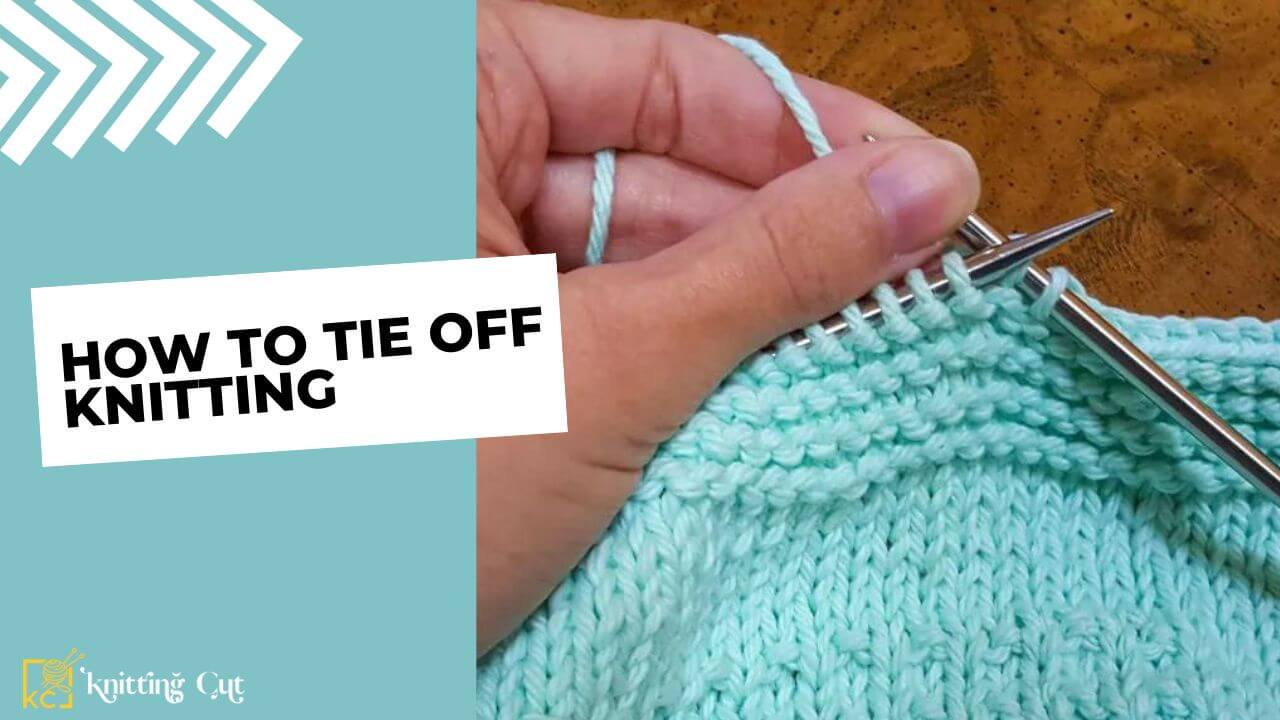Knitting is a beloved craft that offers both relaxation and creativity. However, once you’ve completed a knitting project, you’re left with the task of dealing with those inevitable loose yarn ends. In the knitting community, there’s a debate on whether to weave in ends without knots or to tie them off securely. In this guide, we’ll explore both methods and discuss when to use each technique.
Knot in Yarn Ends
To begin, let’s delve into the art of knotting in yarn ends. While purists might advocate for a knot-free finish, there are instances where a secure knot can be beneficial. Follow these steps for a neat and reliable knot:
Read More: How to Pick Up Dropped Stitches in Knitting
1. Split and Thread
- Split the strand of yarn in two, using a tapestry needle for ease.
- Thread one of the strands through the needle.
2. Anchor in Place
- Sew the yarn under a leg of a knit stitch to anchor it.
- Remove the yarn from the tapestry needle.
3. Tie the Knot
- Hold an end of the yarn in each hand.
- Tie a simple knot, looping the left strand over and under the right.
- Repeat with a second knot, pulling tight.
- If needed, tie a third knot for extra security.
- Cut the yarn close to the knot.
Weave in Yarn Ends
For those who prefer a knot-free finish, weaving in yarn ends is a popular alternative, especially with rougher yarns like raw wool. Follow these steps for a seamless result:
1. Thread and Weave
- Thread the loose end onto a tapestry needle.
- Follow the pattern of the stitches, weaving the end with the fabric.
- Continue until at least 4 inches of the loose end is woven in.
- Alternatively, weave it diagonally for added security.
2. Finishing Touch
- With no loose yarn ends, your knitting project is now ready for use.
- Optionally, learn to “block” your knits for a more polished appearance.
Conclusion
Whether you choose to tie off your knitting with a secure knot or opt for a knot-free weave, the key is to ensure your work is finished neatly. Experiment with both methods to discover which suits your preferences and the nature of your yarn. Now, you’re equipped with the knowledge to confidently complete your knitting projects.
Read More: How to Fix a Dropped Stitch in Knitting
